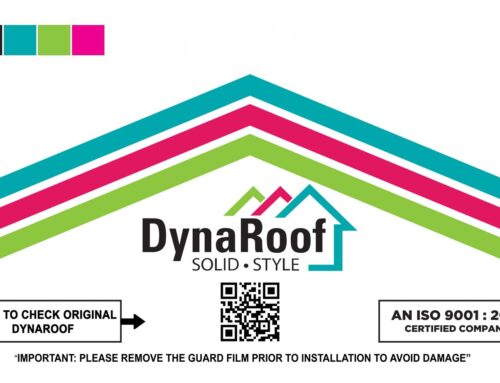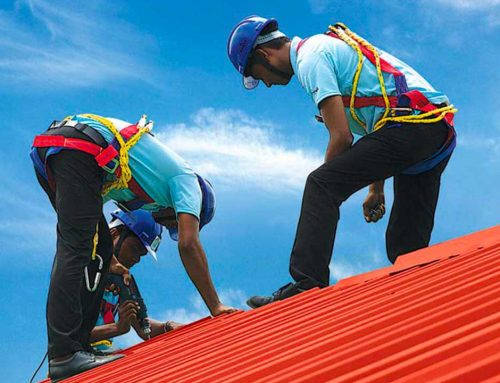Did you ever think that the Roof geometry might affect the roof performance? Does it also impact your roofing decisions? Let us consider the aspects.
Roof Pitch
What is the pitch? We can say that it is the total amount of vertical rise over a 12” horizontal run. The roof pitch determines what roofing materials are suitable, what are the options in ventilation and the labour cost you would need to replace the roof. Roof pitch can also affect the position of gutters on the roof for channelling the collected water.
Low Pitch
We see lower slope roofs as part of the home’s design in the residential area. At times a lower roof is placed in porches or apartments. If the roofing material is metal, only mechanically seamed standing seam roofs are suitable for low pitches. It is in such cases that the seams between the panels are crimped shut to be watertight.
Walkable Pitch
If the roof is very steep, additional time and safety equipment are required. However, metal roofing maintains its walkability even as it ages. But shingle roofs will need optional strengthening foam backers to assist walking on the roof.
High Pitch
Steeply pitched roofs on homes play an aesthetic role. In most cases, property owners choose to enhance the visual exterior with roofing products that have extra design features and beauty. But to cut costs of labour, you should remember the utility of the roof. So choose a durable roof that will end the need for future repair or replacement.
Multi-Pitch
In some cases, homes may need multiple roof pitches. Such designs may require transitions on the roof from one to another. It might include varying roof pitches that meet at valleys or hips on the roof. It is therefore wise to contact a professional roof team, who have the technical skill. For queries on multiple roof pitches, you can contact www.dynaroof.com






Leave A Comment